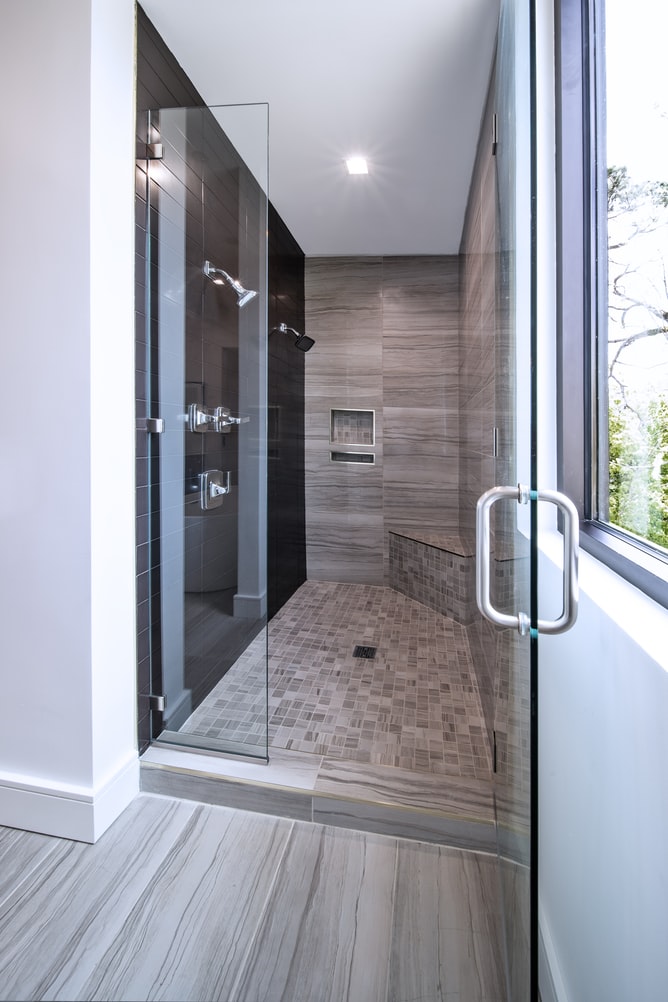When comparing the slip resistance of ceramic tile, you may be asking: “Is ceramic tile slippery when wet?” Fortunately, there are several factors you can consider to determine the answer to this question. These factors include the surface finish, Traction coefficient, and Non-slip treads.
Traction coefficient of friction
Traction coefficient of friction (SCOF) measures a material’s ability to prevent slips and falls. When a surface is wet, the softness decreases. However, a carefully engineered surface can still have high traction. To find out the SCOF of a ceramic tile, you can use a standard test method like ASTM C1028. This standard is no longer widely used by the ASTM but is still valuable for its usefulness.

The traditional method of measuring COF has been outdated for some time. Many tile manufacturers no longer report COFs based on the ASTM C1028 method and instead say COF using the DCOF AcuTestSM.
Surface finish
Leerberg Tiling Pty Ltd is a good option for floors. It is a non-porous material that is resistant to water and stains. Some tile has textured surface, and some are smooth. While removing these tiles can be expensive and time-consuming, there are other ways to reduce the slip factor.
Grip finish tiles are specially designed to be slip-resistant. They feature a fine texture that resists sliding. They are great for public-use areas. They also exceed the standard for anti-slip properties.
Non-slip treads
If you’re worried about slips and falls while on your ceramic tile floor, it’s important to get non-slip treads. However, these treads won’t last very long and can leave a sticky residue. In addition, they change the floor’s aesthetics, so you have to be careful when choosing them.
The best non-slip treads are those that adhere to the floor and are made of sticky threads. These are relatively cheap and can be applied to various surfaces. However, be careful of low-quality products; they don’t stick properly and often come off after a few weeks.
Another option is to apply an anti-slip spray to the tile’s surface. This solution is easily available at home improvement stores or online. To install it, you must clean the tile floor thoroughly and apply the anti-slip coating. For better protection, you can apply it twice.
Once the anti-slip spray dries, you can then apply the anti-slip tread. This anti-slip coating can be applied to new or existing tile floors. These products come in various colors and styles and make your tile floor safe for walking on.
Durability
Ceramic tile is water-resistant, so it’s a good choice for damp areas. It can withstand splashes and drips, and any excess water can simply be wiped off before it seeps into the underlayment. This makes it an excellent choice for most damp areas, such as showers and hot tub rooms.
The main maintenance for ceramic tile is routine sweeping and vacuuming. If your floor has grout, you’ll want to seal it, so it doesn’t absorb water and damage the tiles. This prevents water from staining and helps prevent stains from spreading. In addition, grout is vulnerable to moisture and stains, so you’ll need to clean it regularly to keep it clean and sanitary.
